French drains are a simple yet highly effective solution for redirecting water away from foundations, yards, and basements. Whether dealing with soggy soil, surface water near your foundation, or water seeping into your basement, a properly installed French drain can make all the difference.
One critical element in the performance of a French drain is the gravel you use. Choosing the right gravel for homeowners planning French drain installation in Canton is key to a long-lasting, functional system. This blog will explore what type of gravel works best and why your choice matters.
What Is a French Drain?
Before we dive into gravel specifics, it’s important to understand how a French drain works. A French drain is a trench filled with gravel or rock that contains a perforated pipe. The system collects and redirects surface water or groundwater away from the home to prevent flooding or foundation damage.
Water flows into the gravel-filled trench through the spaces between the stones and into the perforated pipe. From there, it’s directed away to a drainage area or sump system.
Why Gravel Matters
The gravel in a French drain isn’t just filler. It plays a crucial role in water movement and long-term drainage performance. The right gravel ensures:
- Proper water flow through the system
- Filtration of sediment and debris
- Structural stability of the trench
- Long-term durability of the drain
Using the wrong type of material can clog the system, reduce flow efficiency, or even cause the pipe to collapse over time.
Best Gravel for French Drain Installation
The best type of gravel for a French drain is angular crushed stone that ranges in size from ½ inch to 1 inch. Here’s why:
Angular Crushed Stone
Crushed stone has jagged edges, unlike smooth river rocks or rounded pea gravel. These edges help the stones lock together, creating a more stable base that resists shifting over time. This structure allows for better drainage and supports the pipe more effectively.
The angular shape also provides larger gaps between the stones, making water flow through the system easier.
Washed Gravel
Choose washed or clean gravel, which means it’s been rinsed to remove fines like dust, dirt, or small particles. Dirty gravel can cause clogs and reduce the effectiveness of your system. Clean gravel ensures optimal water movement and prevents compacting.
Gravel Size
A common question in French drain installation is: How big should the gravel be? A good rule of thumb is to use ¾-inch gravel. This size provides excellent drainage and structural support without being so large that it lets too small gravel into the trench.
Avoid too small gravel (like sand or pea gravel), as it can cause large gravel flow. On the other hand, gravel that is too large can create voids that reduce the evenness of water distribution.
Gravel Placement Tips
The gravel is typically placed under and around the pipe when building a French drain. Here’s a general outline:
- Excavate the trench to the desired depth and width (usually 6 to 12 inches wide and 18 to 24 inches deep).
- Add a base layer of gravel about 2 to 3 inches thick.
- Lay the perforated pipe with the holes facing down or to the sides, depending on your drainage goals.
- Surround the pipe with gravel, covering it a few inches from the surface.
- Add landscape fabric over the top to prevent soil from mixing with the gravel.
- Cover with soil or sod to blend into the yard.
This combination helps direct water into the pipe while filtering out debris that could clog the system.
Gravel to Avoid
Not all stone is suitable for French drain installation in Canton. Avoid the following:
- Pea gravel may seem ideal due to its small size and smooth surface, but it can easily compact and reduce drainage.
- River rock: Its rounded shape doesn’t provide the same structural support or filtration as crushed stone.
- Unwashed gravel: It contains fines that can clog your drain quickly.
These materials can lead to poor performance, frequent maintenance, and total system failure.
Local Considerations in Canton
In Canton, Ohio, climate and soil conditions also play a role in choosing the right materials. The area often sees heavy rains and periods of freezing and thawing, which can shift soil and compact lighter materials. This makes crushed stone an even more valuable choice for durability and performance in all seasons.
Soil types in the region—like clay or loam—can hold water, making drainage even more important. Using the right gravel ensures your system works properly through wet seasons and protects your home from moisture intrusion.
Maintenance and Longevity
A properly built French drain using the right gravel can last 10–30 years or more with minimal maintenance. Here are a few tips to keep it working:
- Avoid planting deep-rooted trees near the trench.
- Keep the landscape fabric intact to block sediment.
- Inspect the drain area after major storms.
- Avoid driving heavy equipment over the trench.
If your drain does become clogged, a professional can assess whether flushing or partial rebuilding is needed.
Conclusion
Choosing the right gravel is essential for a successful French drain system. Angular, washed crushed stone between ½ and 1 inch in size delivers the best performance by promoting water flow, preventing clogs, and supporting the pipe structure.
If you’re planning French drain installation in Canton, working with knowledgeable professionals ensures the right materials are used. The experts at Canton Foundation Repair Specialists are here to guide you through the process and build a drain system that lasts.

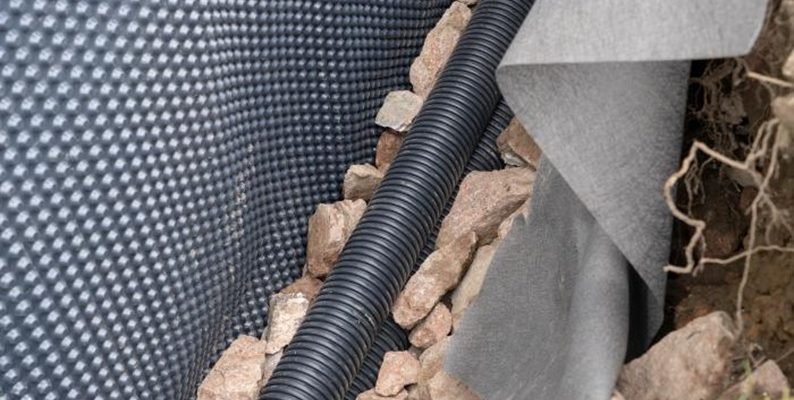


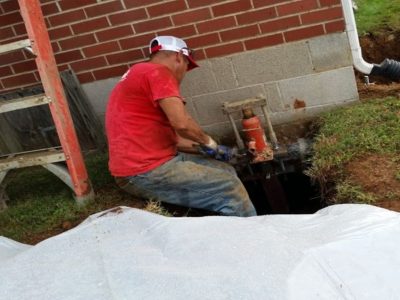
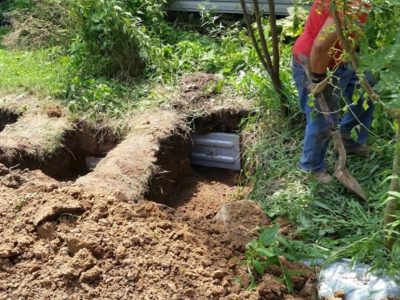
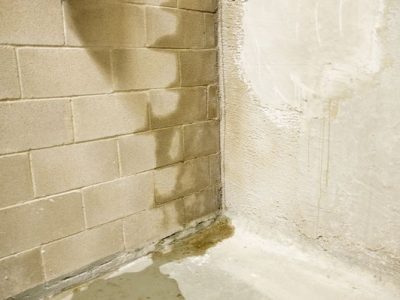
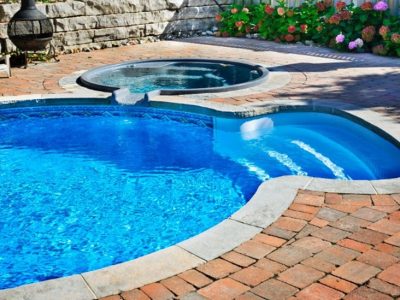


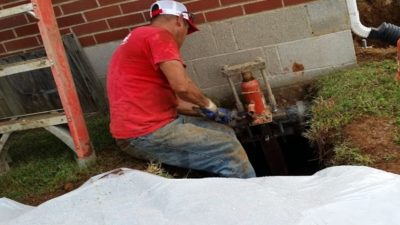
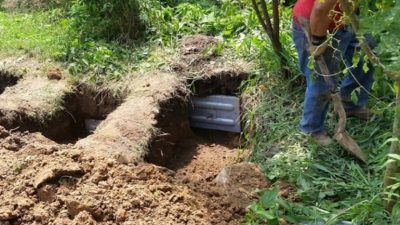
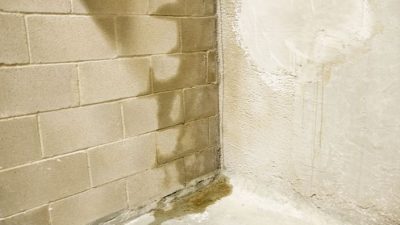


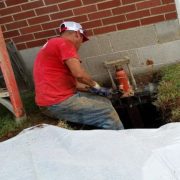
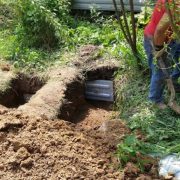
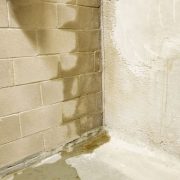
Comments